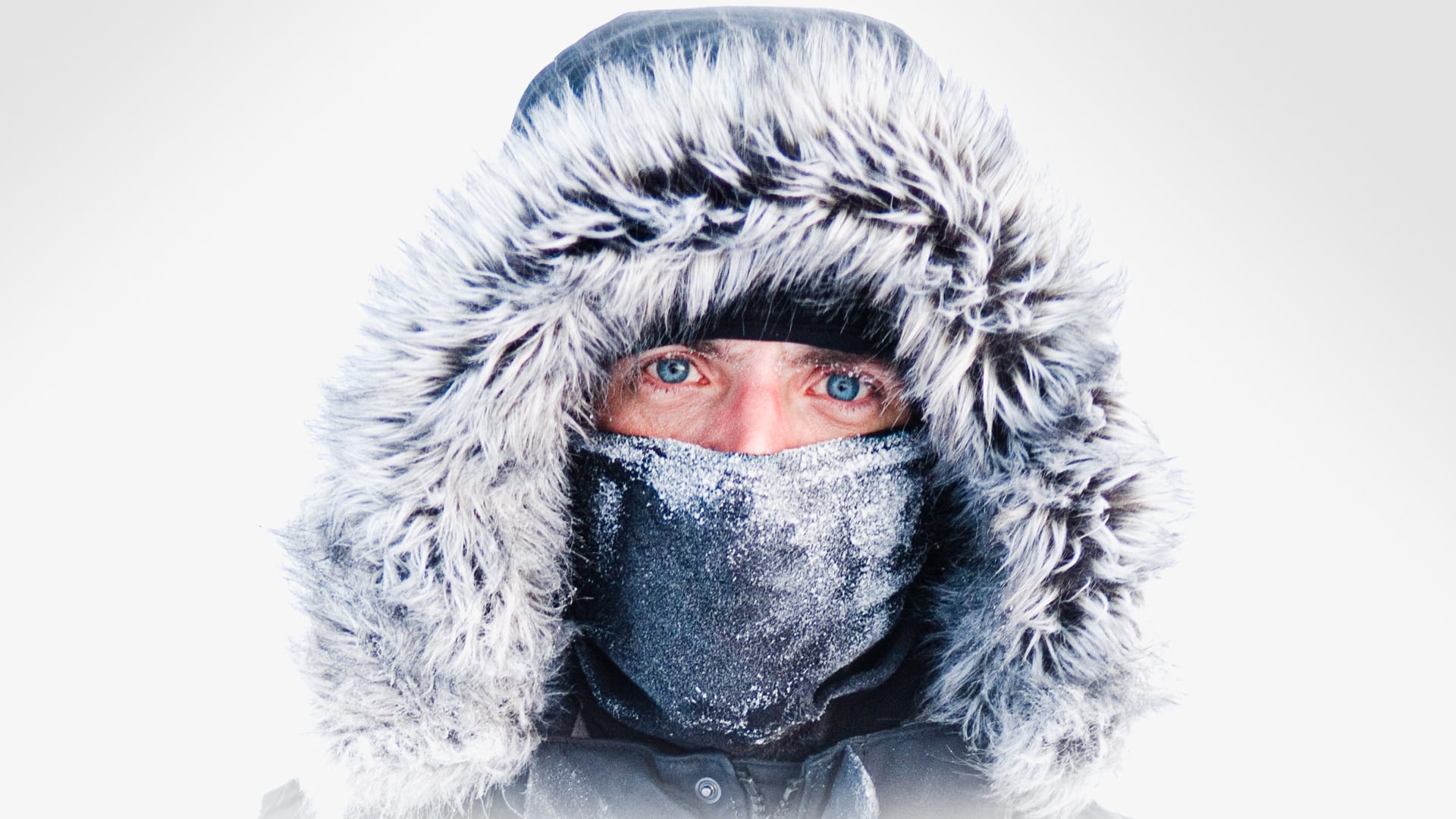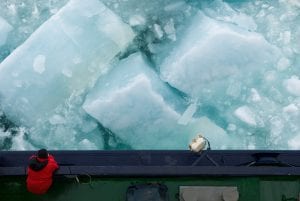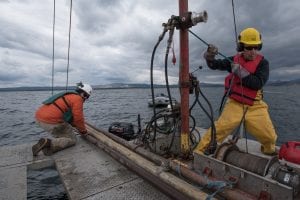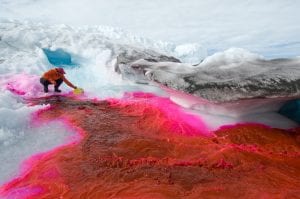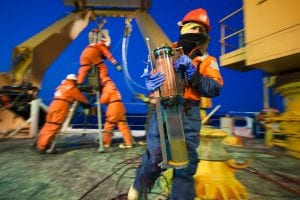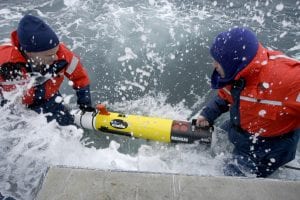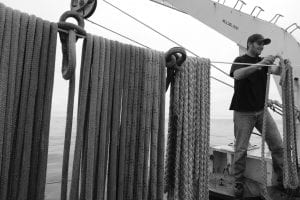An eye for adventure: Chris Linder
Chris Linder is a photographer and a part-time Expedition Multimedia Specialist at Woods Hole Oceanographic Institution. His body of photographic work comprises a mosaic of imagery from scientific expeditions in the harshest of environments. Pole to pole, from the Arctic tundra to the alien Antarctic landscape, Linder has made a career out of capturing the hardy spirit of oceanographic work. To date, his portfolio has helped put a face to major projects, including the National Science Foundation's International Polar Year in 2007 and 2008. Linder achieved a Bachelor's degree in Oceanography at the U.S. Naval Academy and a Master's in Ocean Engineering from the MIT/WHOI Joint Program.
Your title on the WHOI directory says “Expedition Multimedia Specialist” – how did you get into such an exciting career?
When I started working at the Woods Hole Oceanographic Institution (WHOI) as a Research Associate, I was also an avid amateur photographer. My first oceanography cruise for WHOI, in the summer of 2001, was a month aboard the research vessel Oceanus, studying the waters east of Greenland with Dr. Bob Pickart. As a member of the science watch team, my job was to help wrangle instruments over the side of the ship and plot the resulting data. When I wasn’t on watch, I indulged my passion for photography. But it wasn’t the photographs of pilot whales and icebergs that resonated with the scientists—it was the photographs of people working aboard the ship. I captured candid moments of people working on deck, analyzing water samples, and playing cards. When I returned home from the expedition, the photographs were used in calendars, annual reports, and presentations. In the following years, my career gradually transitioned from doing science to documenting it, and my job title was changed to Expedition Multimedia Specialist to reflect that. To date, I have photographed over 50 scientific expeditions, with more than half of them to the polar regions.
What is the most memorable experience you had during your career at WHOI?
I’ve had the privilege of visiting some truly remarkable places—the Arctic, Antarctica, the Greenland Ice Sheet, the Congo, the Amazon, Siberia… it’s tough to pull one experience out of several years’ worth of time in the field. But, one moment that I still remember like it was yesterday happened in the Gulf Stream off Cape Hatteras in the winter of 2005. The seas were rough, and the R/V Oceanus was getting battered in the waves, with lots of water washing over the decks. The air was well below freezing, and because the Gulf Stream water was so warm, sea smoke was filling all of the wave troughs. The waves looked like a series of mountain ranges receding into the distance. While we were watching this incredible spectacle, a pod of at least a hundred common dolphins paid us a visit, leaping through the waves and sea smoke. It was such a primordial scene, and one that few people ever get to witness. It reaffirmed my commitment to photographing science, to sharing these moments that so few people get to experience.
Click on the thumbnails below to embark on a visual journey.
What does WHOI have that other similar institutions don’t?
WHOI has a certain energy that comes from the remarkable people that work here. Whenever I accompany scientists in the field, I get to share in the amazing passion that WHOI scientists put into their work. Then my challenge is to use photographs and video to bring that energy and knowledge to a broader audience.
What advice would you give to others wanting to do what you do?
For budding photographers, I would advise you to photograph what you feel passionate about. For me, that's environmental science. It drives me, and keeps me focused, excited, and hopeful in this competitive market. After you find your muse, develop a body of work that is truly unique. This can take years of honing your craft—both your technique and your eye. Study the works of photographers, painters, poets, musicians, and filmmakers you admire. What is it about a particular work of art that inspires you? Lastly, never give up. The photography business requires a tough skin—be prepared for a lot of rejection. Try not to take it personally. Instead, learn from each rejection and use that knowledge to improve yourself and your art.
![chris_linder_profile_pic[1] Chris Linder poses for a photo while on assignment in Siberia photographing for his latest book, The Big Thaw. (Photo by Brian Kantor, a student on the Polaris Project)](https://www.whoi.edu/wp-content/uploads/2019/11/chris_linder_profile_pic1.jpg)
Chris Linder’s new hardcover science photography book, The Big Thaw: Ancient Carbon, Modern Science, and a Race to Save the World, was recently published by Mountaineers Press/Braided River. See more of his work at www.chrislinder.com or click on some of the boxes below.

